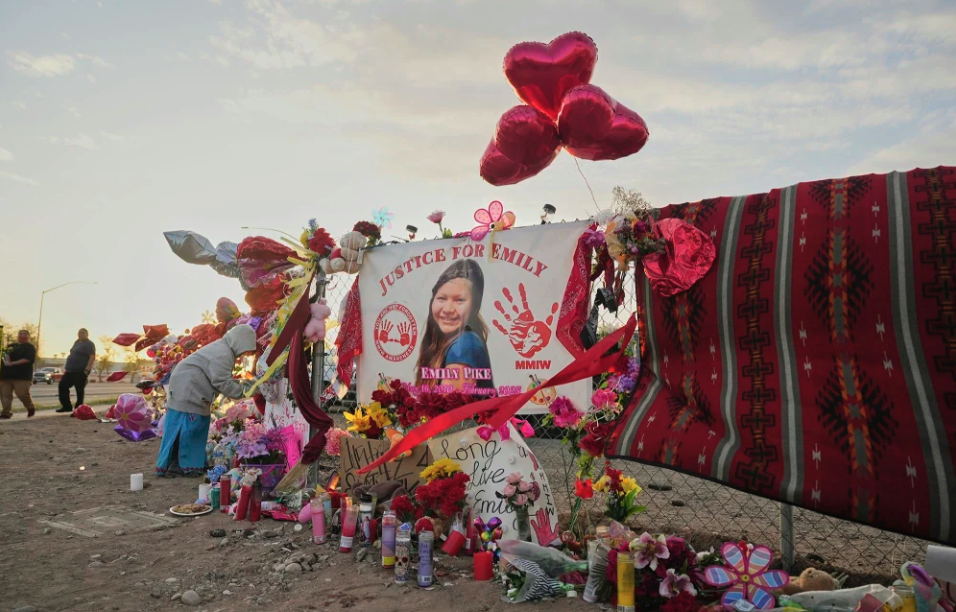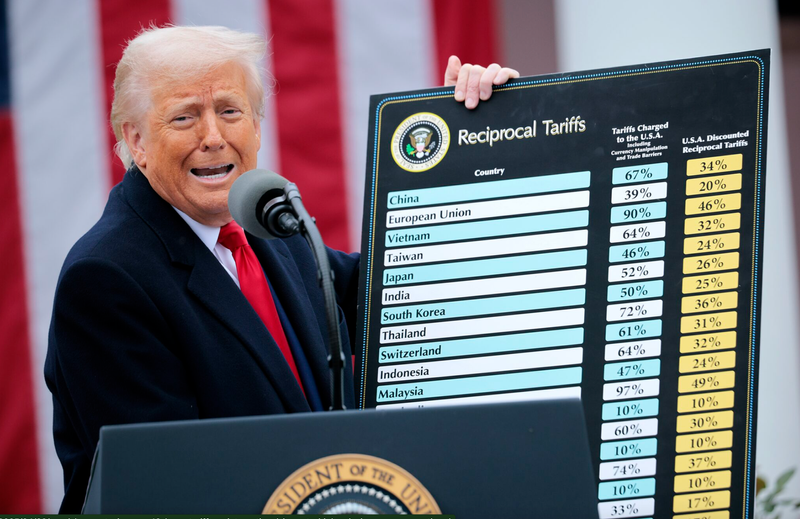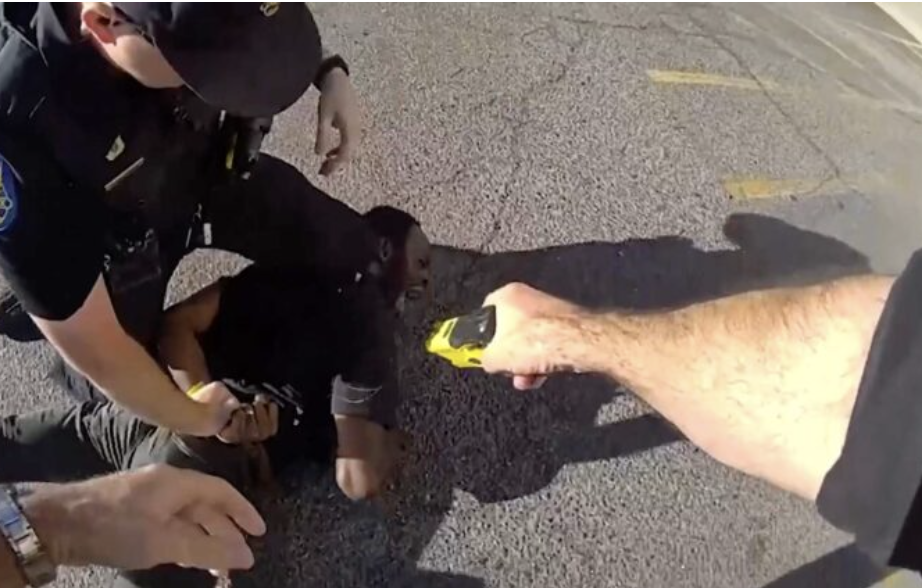An Indigenous Girl Murdered, a System Still Failing Foster Youths ‘Why Isn’t This on Every News Station?’
30 Kids Vanished From The Same Foster Home
Emily Pike was just 14 when she disappeared from a group foster home in Mesa, Arizona. Nearly three weeks later, on Valentine’s Day, her body was found dismembered and stuffed into garbage bags off a forest road near Globe. The brutality of her death—and how quietly it unfolded—has outraged indigenous communities and exposed what they call a deep failure of the systems in place.
“Why isn’t this on every news station?” one indigenous community member posted. But to many, that silence speaks volumes.
30 Kids Missing From the Same Foster Home—and the Broken System Behind It
In the past three years, Mesa police have logged 30 missing persons reports from the same facility where Emily lived. The National Center for Missing and Exploited Children points to cases of this nature as a “very concerning” part of a growing crisis of Black and brown kids disappearing from foster care, often into the shadows of sex trafficking.
Children who flee foster care are often escaping something—neglect, trauma, fear. And those who leave are also the most vulnerable. 60% of child sex trafficking victims had prior contact with the child welfare system—a system that was supposed to protect them.
Emily, a member of the San Carlos Apache Tribe, had run away from the same group home before. This time, she never came back. Despite alerts to law enforcement and state agencies, it wasn’t until hikers stumbled upon her remains that the scale of the tragedy became clear.
“She was just an innocent … she was a baby,” Steff Dosela, Emily’s mother, said. “She was a very happy and kind person. She loved painting. She loved art. She loved to draw.”
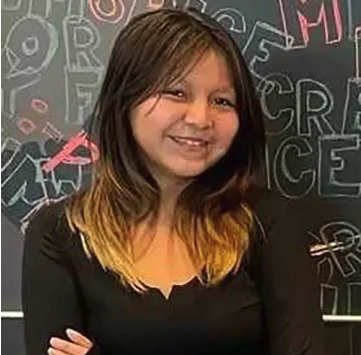
“Her being deceased is one thing, but the way that she was found was another thing,” said her uncle, Allred Pike Jr. “It’s hard to comprehend that someone would do such a thing to a 14-year-old girl.”
Emily’s Murder Isn’t Rare—It’s Part of a National Crisis
Emily's death didn’t happen in a vacuum.
Her case now echoes through a much larger crisis: the epidemic of missing and murdered Indigenous women and girls. It's a crisis that’s been undercounted, underreported, and ignored. In 2016 alone, 5,712 Indigenous women and girls were reported missing per the National Crime Information Center. Just 116 of those cases were logged in the U.S. Department of Justice’s federal database.
“If she was a YT girl with blonde hair, blue eyes, her murderer would be in jail serving a hefty sentence,” one community member posted.
“Native girls and women go missing at alarming rates, and their cases are too often ignored. Emily deserved better. She deserved safety, protection, and a future,” another wrote.
“This tragic and gruesome incident WAS NOT widely publicized,” another user wrote.
In the absence of justice, people like Jolene Shorty have turned grief into action. She’s been blanketing Arizona highways with flyers, funding billboards, and rallying neighbors for tips—refusing to let Emily’s case go cold.
“I feel like us as tribal members, as a nation, our work is not done. The person is still free,” Shorty told local news.
The Sacred Journey group home—where Emily lived—is now under investigation. The Arizona Department of Child Safety confirmed a licensing probe into the facility following her death.
“We go above and beyond. We’re raising children, not just housing children,” Sacred Journey group home CEO, Elizabeth Morales said.
But state records paint a troubling picture.
The Runaway Foster Youth–to–Sex Trafficking Pipeline
In just three years, Mesa police have responded to 30 missing persons cases tied to the home. During the same time, officers logged 89 service calls there. One recent case involved another teen who went missing from the facility. She was found alive—but her disappearance raised more red flags about the home's ability to keep kids safe.
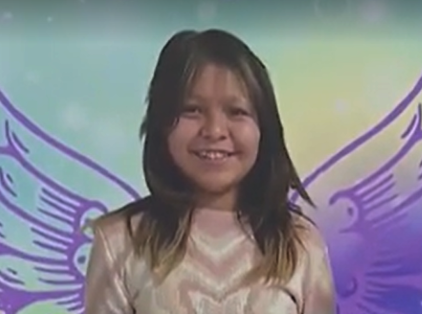
Emily’s death is a turning point for the San Carlos Apache Tribe. The community isn’t just mourning — it’s mobilizing. Tribal leaders are demanding justice and systemic change to protect other children placed in high-risk settings. “This crime must not go unsolved,” Chairman Terry Rambler wrote in a formal resolution to state lawmakers. The tribe is pushing for stronger oversight of group homes and backing House Bill 2281, which would create a Missing Indigenous Person Alert System across Arizona.
Dr. John E. Bischoff III of the National Center for Missing and Exploited Children has been sounding the alarm for years. When I interviewed him for a previous story on runaway foster youth being sex trafficked, he stressed the need for vigilance: “We need to take a look at each case individually.”
But the patterns are impossible to ignore. Black and brown children are going missing at disproportionately high rates.
“We had an over-reporting disproportionality… of young Black children being disproportionately represented among missing children,” Bischoff previously said. “They made up about 31% of our caseload, but the Black population makes up only 14% of the U.S. population. Very concerning to us.”
And the real numbers may be far worse. Since many kids are never reported missing he added, there’s no reliable way to determine the true number that slip through the cracks.
As of now, no suspects have been identified, and a $75,000 reward is being offered for information leading to an arrest. Authorities have formed a multi-agency task force to continue the investigation, but for Emily’s family and community, the loss remains unbearable.
“She had goals. She had a full life ahead of her, and her life was cut short,” her uncle said.
Emily's name joins a tragic roll call—Indigenous girls lost not just to violence but to silence. These kids cannot become forgotten statistics. She was supposed to be protected. Instead, she was failed.
Unconfirmed theories about Emily’s final hours are circulating online, some sparked by reportedly leaked details.
